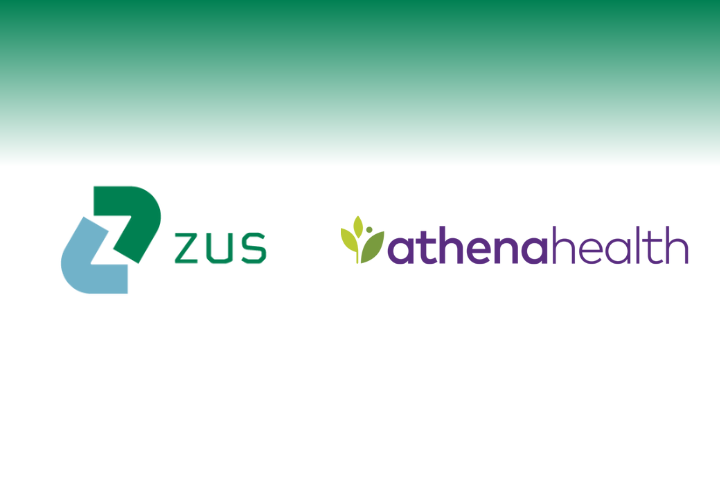Do you remember the early 2000s ads with Justin Long comparing Mac and PC?
I loved those ads. And rewatching them, I’m suddenly aware that healthcare may be having its Mac vs PC moment. In particular, there’s a moment where the young Mac describes its native, in-built camera after watching the PC hastily attach a camera to its head with duct tape. Countless medical centers are claiming the digital health mantle today, but look far more like the PC with the dangling camera than the true Mac experience we see with virtual first care companies.
I see digital-first companies providing care with incredible, off-the-chart results and patient-friendly experiences. Of course, then I also see fee-for-service (FFS) establishment medicine hastily taping telemedicine to its head.
I see the difference most starkly in terms of inputs and outputs. On the inputs side, the differences are in the business model, tech stack, and staffing model. While for the outputs, I’m seeing the differences in availability of data, clinical results, and consumer experience.
The business model of traditional medicine is well known — fee-for-service. Many (most in my recent experience) major digitally native companies have different business models, typically monthly subscriptions which are guaranteed by the reductions they claim to generate in total cost through reduced hospitalization. Meanwhile, the old-schoolers just bang out FFS visits over Zoom, making no promise of any kind as to their benefits. My friend, the health insurance benefits broker, goaded his college-aged daughter to try a virtual visit with her pediatric practice. She finally got through and had a nice chat for 6 minutes with her childhood doctor. He got an explanation of benefits for $395. Meanwhile, me and my kids hammer the crap out of Firefly Health with everything, all in the subscription.
Digitally native companies live in a novel application layer: the Patient Relationship Management system. It manages the interface to a patient-facing app, routing messages and tasks among members of a digital care team to appropriately fit each item to keep costs down and responsiveness up. Virtual visits come into the mix of other asynchronous encounters as they are needed. It’s a dynamic, fluid process thanks to the platforms they are on and the business models they deploy, which punish them for their patients hitting the urgent care or emergency room unnecessarily. These companies often have EMRs in the background, but they are strictly for clinical tasks, prescribing, or the occasional longer visit.
These digital-first providers also have remote patient monitoring natively built into their patient relationship management platforms (that’s right — they have RPM in their PRM). Meanwhile, traditional practices are deploying a growing legion of allied vendors who “sub-out” messaging and remote patient monitoring, allowing the practice to add yet another procedure code to care: the continuous care monitoring codes (aka CCM, aka the Dean Ornish code). In the former case, the provider uses remote patient monitoring to natively identify patient needs that are valuable to address in terms of reducing hospitalization and improving clinical results…in the latter case, clinical impact does not affect ROI, only the ability to add the new code. The patient experience is complex too. Practices without native PRM applications at their core mostly receive PDF documentation of remote monitoring. Digitally native practices instead receive remote monitoring results ingrained in their workflow. Think of it as the difference between seeing embedded data on a patient at the right place and right time in your EHR workflow versus having to spelunk through a series of Continuity of Care Documents, searching for the clinical needle in a haystack.
Of course, the Mac in that ad (NOT the mainstream Steve Jobs) never got close to PC market share penetration, even with cooler ads and sleeker device design. So what does that portend for our virtual-first care organizations? If traditional office-based medicine is the PC — reliable, understood, and dominant — what is digital-first care? The Mac — a better-designed facsimile of the same thing — or the iPhone…a lower cost, always-on, always-available new resource that creates masses of new market share Bill Gates never dreamt of.
Guess where I vote?




